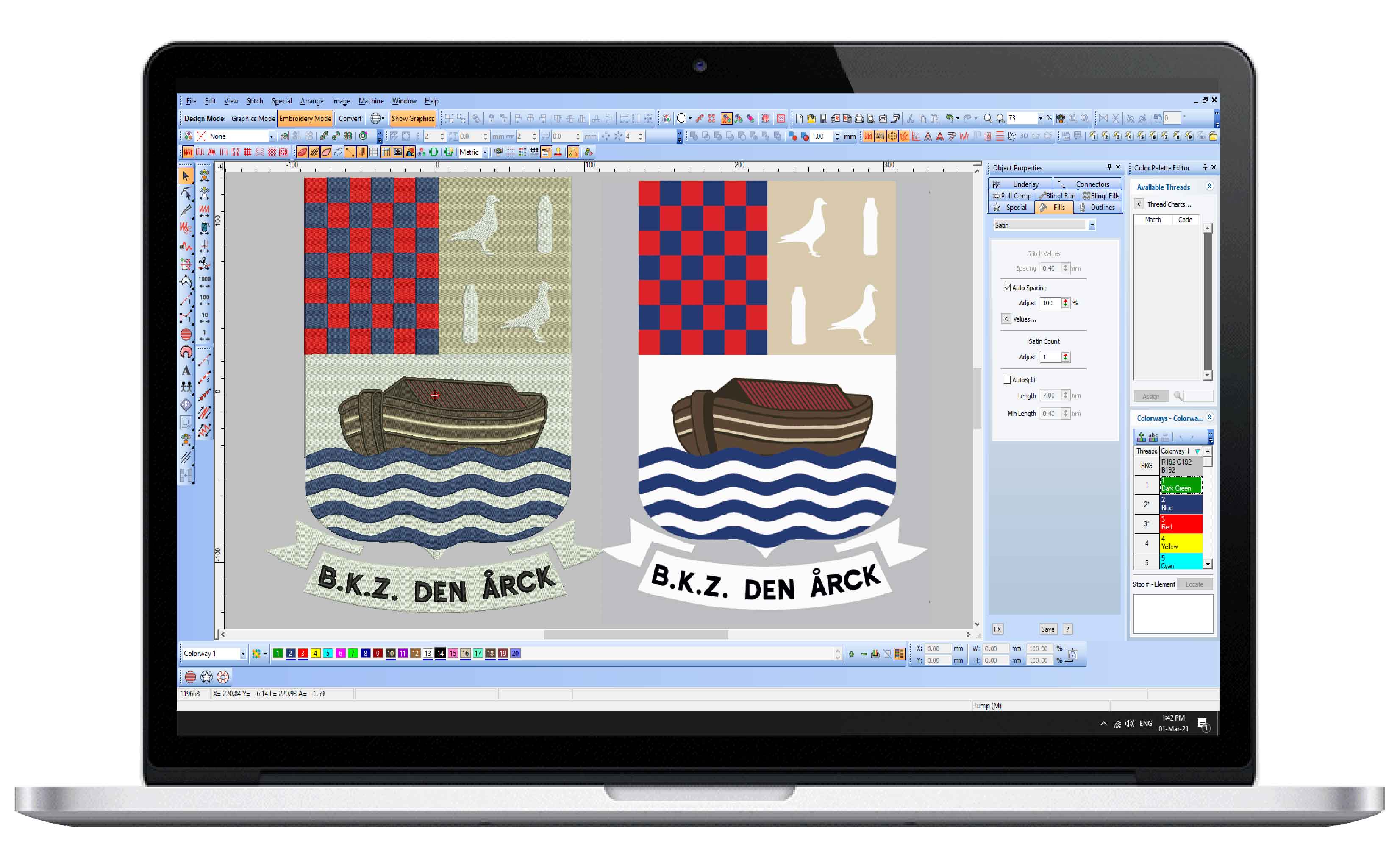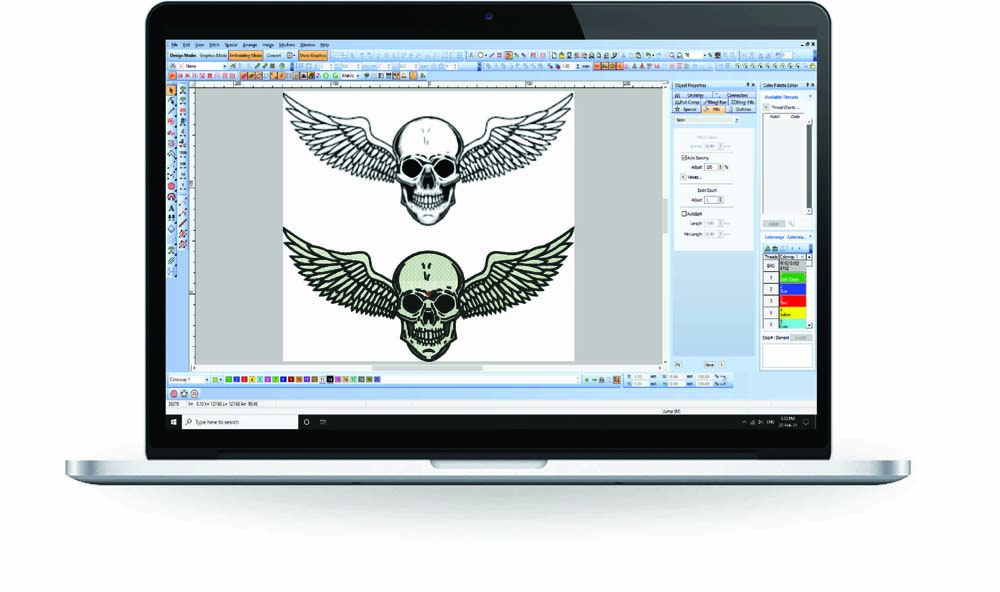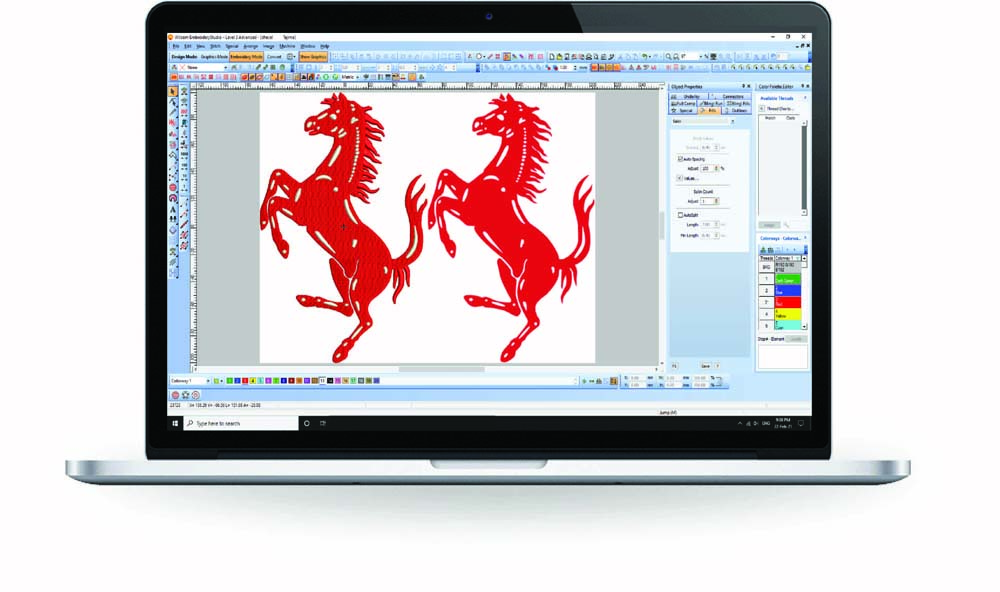



Understanding the Embroidery Digitizing job
The important thing is the digitizer must know the requirements of digitizing job nature. In this concern, understanding the required size of the digitized design and the type of fabric product and garment to be embroidered is important. It also includes the art of learning the design to be understood. The digitizer should also know which particular pattern of Embroidery digitizing is desired and which exact stitch types should match an existing design.Preparing artwork for Embroidery digitizing
The next step for the digitizer is to carefully evaluate whether it should be edited for embroidery considering the final size of the design. Many designs have to be simple or modified. Some other elements for example outlines may need to be removed and small text may be rearranged and enlarged.Pull and Push of Embroidery Digitizing
The most important part of embroidery is the “Push and Pull”. Some stitches may be affected to shrift because of irregularly moving the design while being embroidered. This happens when using bulky fabrics, very long stitches, large areas of thread, and a very tight bobbin thread. A digitizer must maintain and handle the possible properties of push and pull.The Embroidery Sew-Out
Ceaseless effort and time-tested workouts are required to create the design with fine detail, small text, color gradations, and lots of color changes despite the fact that a well-experienced digitizer can easily digitize many business logos no matter how difficult they are. Digitizing is an intensively careful process that needs carefully performing with accurate time and experience. The digitizer must have proper ‘know-how’ about stitching a variety of different fabrics in his embroidery using digitizing software. A perfect digitized design will add to a logo’s look as great as an embroider who provides quality digitizing work.Basic Steps for Embroidery Digitizing 2021